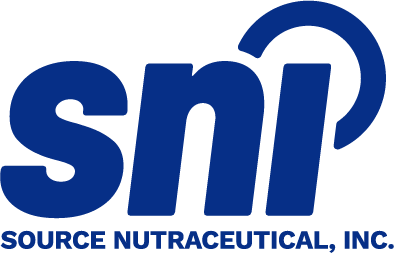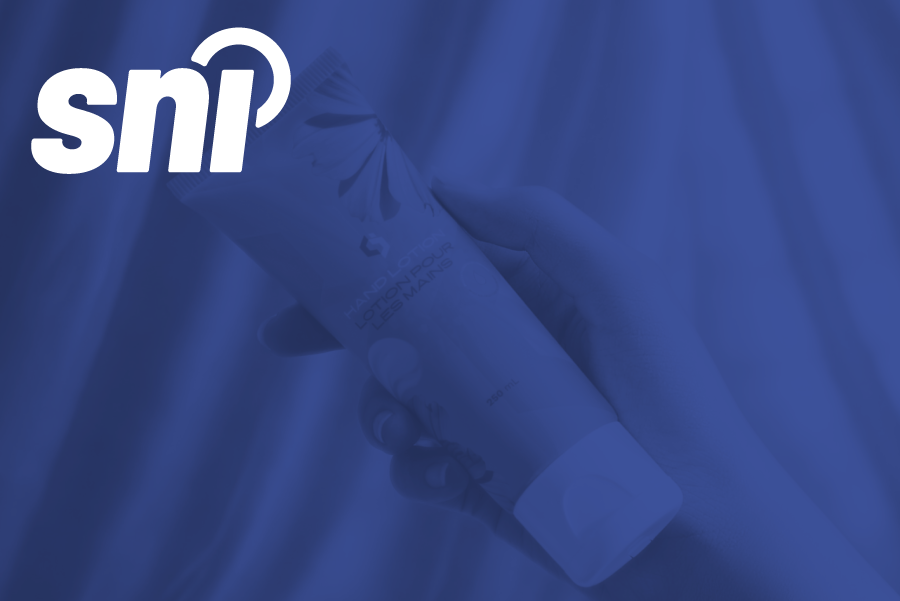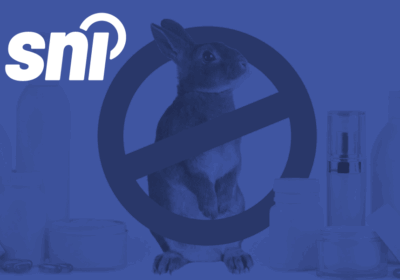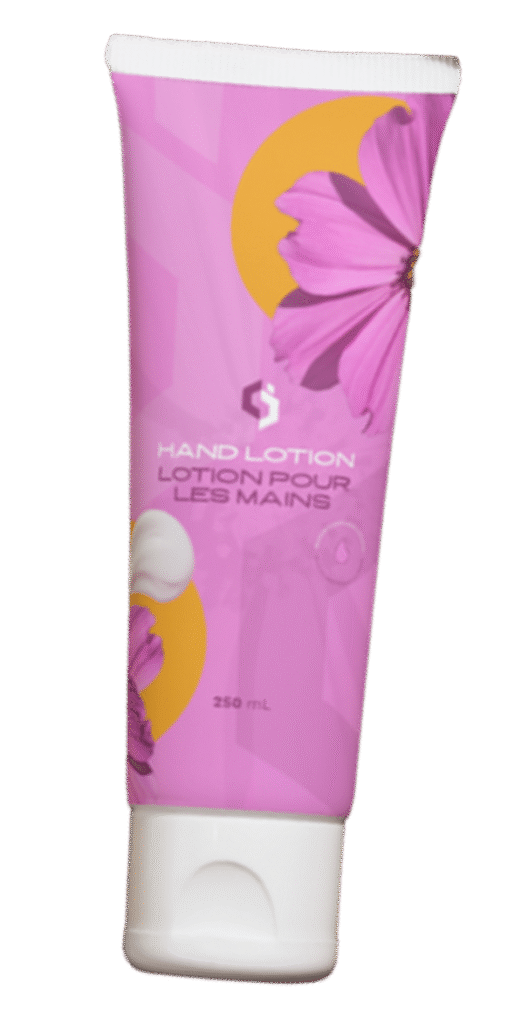
When introducing a new cosmetic product to the Canadian market, manufacturers and importers must meet several key regulatory obligations. Products must contain only safe ingredients that are permitted for cosmetic use, be properly notified to Health Canada through a Cosmetic Notification Form (CNF), and display labels that fully comply with Canadian requirements.
A cosmetic label is not simply a design feature. It is a legal and safety document that communicates product identity, ingredient information, directions for safe use, and traceability details to consumers and regulators. In Canada, cosmetics are regulated under the Food and Drugs Act and the Cosmetic Regulations, with additional provisions under the Consumer Packaging and Labelling Act. Together, these laws ensure that cosmetics are accurately represented, safe for use, and labelled in both English and French.
Health Canada’s Consumer Product Safety Program oversees compliance with this framework, verifying that cosmetic products meet safety and labelling requirements throughout their lifecycle. Every cosmetic sold in Canada must carry clear, bilingual, and legible information that aligns with the details submitted in the CNF.
This article outlines the core cosmetic labelling requirements in Canada, including ingredient disclosure rules, bilingual and French-first obligations under Québec’s Bill 96, and best practices for developing compliant, market-ready labels.
The Canadian Cosmetic Regulatory Framework
Cosmetic labelling requirements are designed to ensure that consumers can make informed choices and use products safely. Labels must be truthful, clear, and not misleading. They must also provide sufficient detail to identify the product and explain its intended use.

Cosmetics are defined under the Food and Drugs Act as substances used for cleansing, improving, or altering the complexion, skin, hair, or teeth, without affecting the structure or function of the body. If a product claims to prevent, treat, or modify a physiological function, it may be reclassified as a drug or a natural health product instead. Determining classification correctly at the outset is critical, since it defines the applicable regulatory obligations, permitted claims, and labelling format.
Health Canada oversees cosmetic compliance, while the Competition Bureau enforces advertising standards under the Competition Act to ensure that marketing is not false or misleading. The Consumer Packaging and Labelling Act also applies to cosmetics, setting requirements for product identity and net quantity statements on packaging. Together, these frameworks create a system of checks and balances that uphold consumer safety and market integrity.
Cosmetic Notification Form (CNF)
Before a cosmetic product can be sold in Canada, the manufacturer or importer must submit a Cosmetic Notification Form (CNF) to Health Canada within ten days of the product’s first sale. This post-market notification allows Health Canada to monitor all cosmetic products available to consumers and includes details such as the product name, purpose, formulation, and company contact information.
If any changes occur after the initial CNF submission, such as product reformulation, new product name, or updated address, the CNF must be amended within ten days of the change. This requirement ensures that Health Canada’s records remain accurate and up to date.
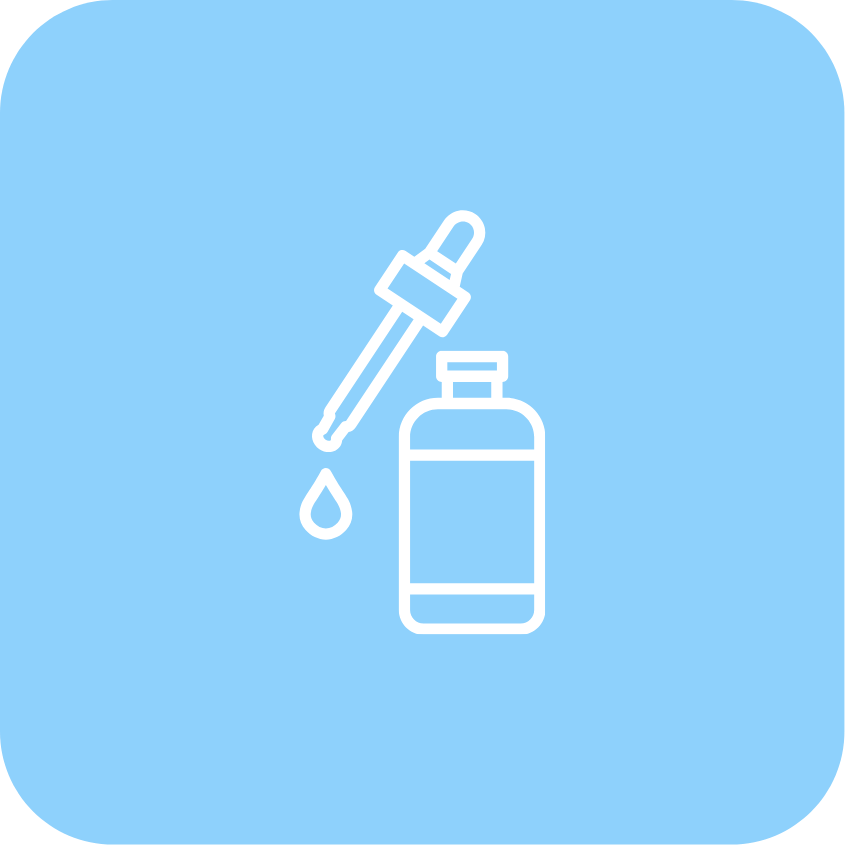
Submitting a CNF and receiving a cosmetic number does not constitute Health Canada approval of the product. In most cases, the cosmetic number is automatically generated once the CNF is submitted. However, products containing ingredients that are restricted or subject to cautionary statements may undergo additional review before the cosmetic number is issued. This review is conducted to verify that the product’s formulation and label meet applicable requirements, including the use of prescribed warnings or restrictions outlined in the Cosmetic Regulations. Read our article on How to Comply with Canadian Cosmetic Regulations for Easy Market Entry to learn more about additional regulatory requirements for cosmetics and the notification process.
Ultimately, it remains the company’s responsibility to ensure that every cosmetic placed on the Canadian market is safe, compliant, and properly labelled in accordance with Health Canada’s standards and requirements.
Mandatory Information on Cosmetic Labels
Every cosmetic sold in Canada must include specific information on its label to ensure traceability, consumer safety, and regulatory compliance. All required information must be presented in both English and French, with the exception of INCI ingredient names, which are standardized internationally. Additionally, special consideration must be made for the type of label, inner or outer, as some exceptions to what information must be presented on outer and inner labels apply.
Product Identity of Cosmetic Products
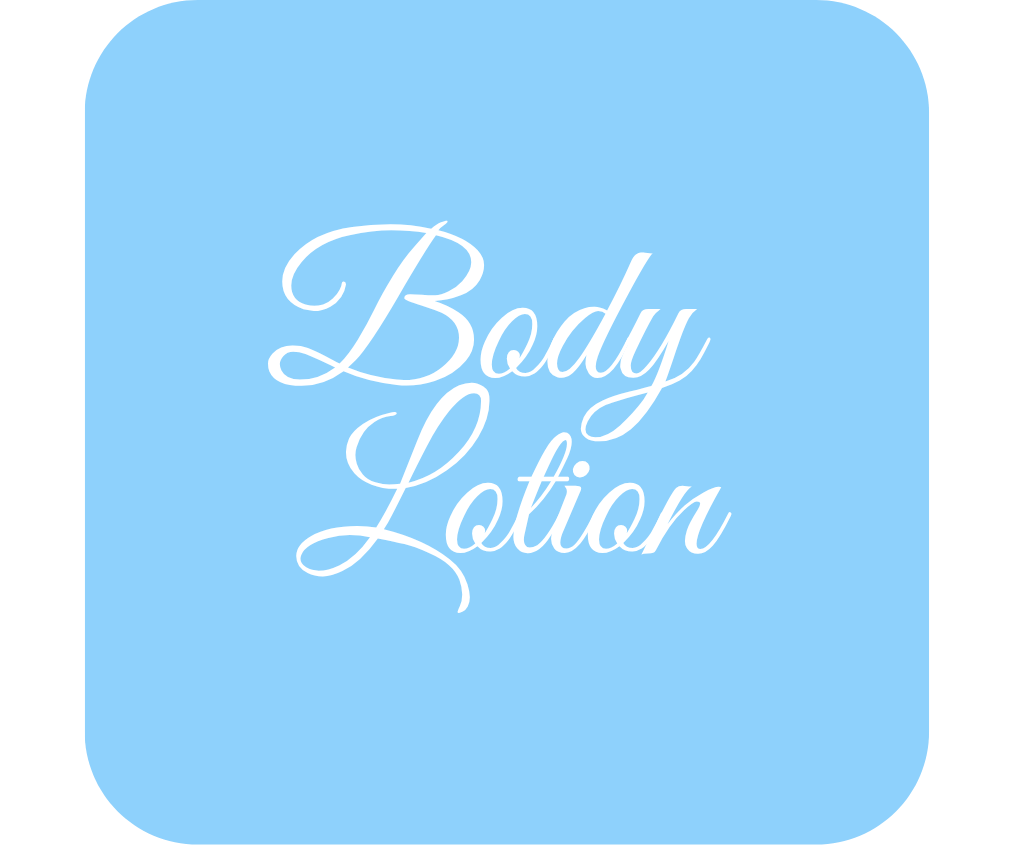
The product identity refers to the name or description that clearly indicates the nature and intended use of a cosmetic product. It allows consumers to understand what the product is and how it is intended to be used at a glance, without confusion. The label must display this information prominently on the principal display panel (PDP), using the common or functional name of the product rather than a brand name alone. Additionally, the product name must have a clear contrast from the background and other information that appears on the label.
In certain cases, a cosmetic may be exempt from declaring the product identity on its label. This exemption applies when the product’s nature is unmistakably clear, such as when the packaging is transparent or includes a pictorial representation that makes its use immediately obvious. However, it remains an industry best practice to always include the product identity, since even seemingly clear packaging can still lead to consumer misunderstanding. Providing a clear identity statement supports both regulatory compliance and consumer confidence.
Further exemptions to bilingual labelling requirements also exist; however, the specific conditions under which a product qualifies must be fully met. For example, test market products may be exempt from bilingual labelling requirements for up to one year, provided that the product has not been previously sold in Canada, differs substantially from any other product available on the Canadian market, and that the label meets all other applicable legislative requirements. If a cosmetic product meets these criteria, a bilingual labelling exemption may apply, and a product identity does not need to be included in French.
Net Quantity Declaration on Cosmetic Products
Although the Cosmetic Regulations do not require a net quantity declaration, companies that choose to omit it must ensure that the packaging design does not mislead consumers about the amount of product being sold. For example, creams packaged in double-walled containers with thick outer casings may appear to hold more product than they actually do. In such cases, including a net quantity statement helps prevent consumer misunderstanding and supports transparent marketing practices.
It is considered an industry best practice to always declare the net quantity on cosmetic packaging. Doing so promotes consumer trust and aligns with the presentation standards commonly used by other personal care and retail products in Canada.
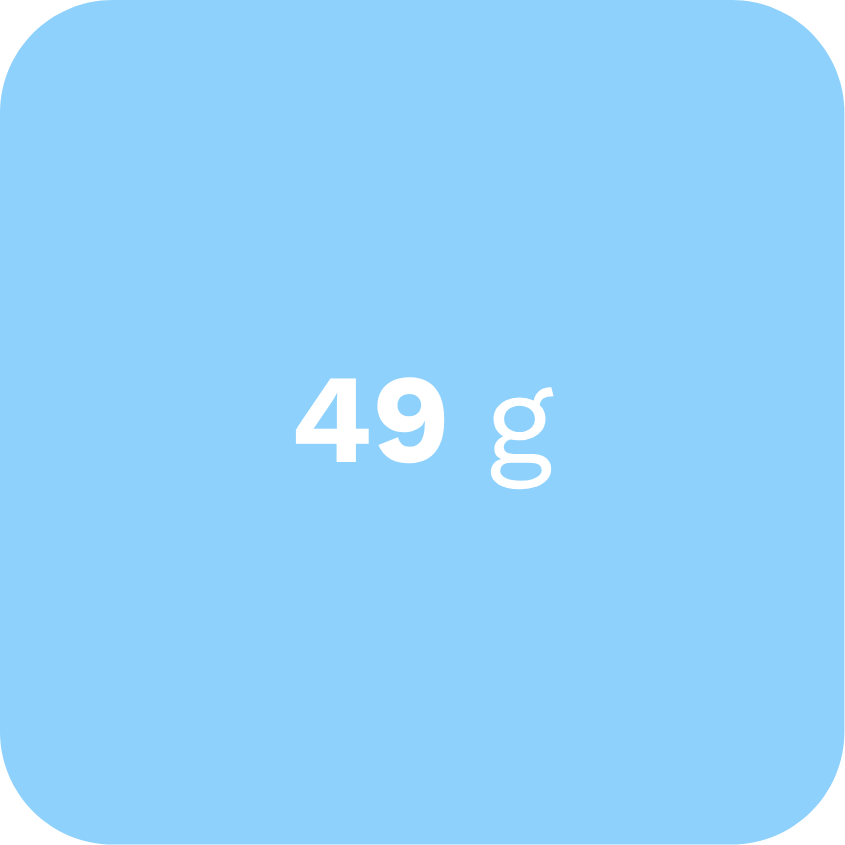
When declared voluntarily, the net quantity statement must comply with the requirements set out in the Consumer Packaging and Labelling Regulations. The declaration must appear in both English and French or use a bilingual unit abbreviation. The numerical portion should be bold (for example, 49 g) and displayed on the PDP in metric units.
Products that are liquid, gaseous, or viscous must have their quantity declared by volume (for example, mL or L), while solid products must be declared by weight (for example, mg, g, or kg). Non-metric units, such as those used in the United States, may also appear on the label as supplementary information. When provided, they must follow the metric declaration and appear in parentheses. For example, 500 mL (16.9 fl. oz. U.S.).
Another important consideration is the font size. The height of the characters used for the net quantity must correspond to the area of the PDP to ensure legibility and visibility under normal conditions of sale. See the following table for more information on the minimum character height requirements.
| Area of principal display surface | Minimum character height |
|---|---|
| Not more than 32 cm2 (5 sq. in.) | 1.6 mm (1/16 in.) |
| More than 32 cm2 (5 sq. in.) but not more than 258 cm2 (40 sq. in.) | 3.2 mm (1/8 in.) |
| More than 258 cm2 (40 sq. in.) but not more than 645 cm2 (100 sq. in.) | 6.4 mm (1/4 in.) |
| More than 645 cm2 (100 sq. in.) but not more than 25.8 dm2 (400 sq. in.) | 9.5 mm (3/8 in.) |
| More than 25.8 dm2 (400 sq. in.) | 12.7 mm (1/2 in.) |
Declaring Ingredients on Cosmetic Products
All cosmetic products must display an ingredient list unless exempt. Ingredients must be identified using INCI (International Nomenclature of Cosmetic Ingredients) names and appear on the outer label, clearly legible and visible at the time of purchase. While the heading “Ingredients / Ingrédients” is not mandatory, it is widely accepted and commonly used within the industry.

The ingredient list may appear on any area of the label, provided it remains visible when the product is sold. However, it should not be placed on the underside of a container if another display panel is available. Mandatory information always takes precedence over voluntary text such as marketing copy or visuals. Therefore, if space limitations arise, brands may need to adjust or remove decorative or promotional elements to ensure the full INCI list and all required labelling information are properly accommodated.
Order of Listing and Threshold Rules

Another important consideration for cosmetic brands is the manner in which the ingredient list is declared. In addition to using INCI names, ingredients present at concentrations greater than 1% must be listed in descending order of predominance, followed by ingredients at 1% or less, which may appear in any order at the end of the list.
Colourants may also be grouped together and listed in any order at the end of the ingredient list. Incidental ingredients, such as those that are present in insignificant amounts and do not serve a functional or technical role in the finished product, are not required to be declared.
Special Ingredient Naming Cases

When it comes to botanical ingredients, cosmetic brands must ensure that each plant-derived material is clearly identified by at least its INCI genus and species (e.g., Lavandula angustifolia). Wherever possible, the complete INCI name should be used to provide clarity and consistency for both regulators and consumers. For further guidance on acceptable declaration formats, brands can refer to Section 8.2.1, Botanicals, of Health Canada’s Industry Guide for the Labelling of Cosmetics.
In addition, certain ingredients listed in the Schedule to the Cosmetic Regulations (see Section 8.8 of the Industry Guide) may be declared using more than one naming system. These can include the European Union (EU) technical name, the INCI name with its French equivalent, or a combination of all three (for example: EU technical name / INCI / French equivalent). This flexibility helps ensure alignment with both Canadian and international labelling conventions.
Finally, in cases where an ingredient does not have an assigned INCI name, another recognized nomenclature system should be used in order of preference. Acceptable alternatives include the CAS (Chemical Abstracts Service) name or number, the IUPAC (International Union of Pure and Applied Chemistry) name, or another established and accepted naming convention. This approach ensures that every ingredient on a cosmetic label is traceable, transparent, and compliant with regulatory expectations.
Fragrance, Flavour, and Allergen Disclosure

Fragrance and flavour components play an important role in cosmetic formulation, but they must be declared appropriately to ensure transparency for consumers. Under Canadian labelling requirements, fragrance and flavour systems may be collectively declared using the terms “parfum” and “aroma” respectively. This approach simplifies the declaration of complex proprietary blends while maintaining compliance.
However, when a product contains known fragrance allergens at or above the regulatory thresholds, these allergens must be listed individually within the ingredient list, outside the general term “parfum.” This allows consumers with sensitivities to identify potential allergens more easily. For grouped allergens, the sum of the concentrations of all relevant components should be used to determine whether disclosure is required. This cumulative method helps prevent under-reporting and supports Health Canada’s expectation of full ingredient transparency.
Placement, Format, and Legibility
The placement and presentation of the ingredient list are just as important as its content. The list must remain legible for the entire life of the product, even when exposed to handling, moisture, or light. A clear cellophane overwrap is acceptable as long as it does not impair readability. Peel-back or accordion-style labels may also be used when space is limited, provided they can be returned to their original state and the front of the product clearly indicates where the ingredient information is located.

Typography and contrast are equally important when designing cosmetic labels. The text should be sufficiently large and clearly contrasted against the background to ensure that consumers can read it easily under normal conditions of purchase and use. Regulatory reviewers evaluate legibility based on the overall visual presentation of the label rather than font size alone, which means clarity should always take precedence over aesthetic design choices.
Although not explicitly mandated under the Cosmetic Regulations, it is common industry practice to apply the 1.6 mm minimum character height referenced earlier. Adhering to this standard helps ensure that ingredient lists and other required information remain legible, while also aligning with the legibility expectations applied to other regulated components of the label. Following this benchmark is considered a practical way to reduce the risk of non-compliance during inspection or post-market review.
Small Packages and Alternative Access
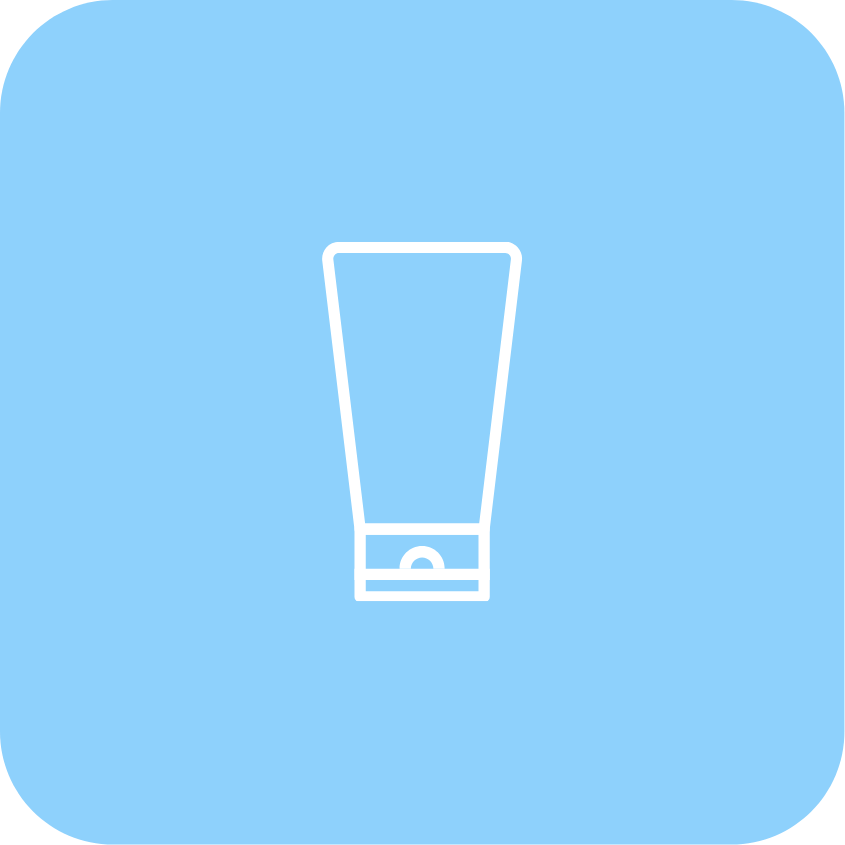
When a product’s size or shape prevents inclusion of a full ingredient list on the label, alternative formats are permitted. The list may appear on a tag, tape, or card that is attached to the product. It may also be made available on a website, as long as the label includes a bilingual statement directing consumers to the information along with a clear URL. A QR code can be added as a convenience feature, but it cannot replace the required bilingual statement.
For bulk, loose, or irregularly shaped products such as bath bombs or unpackaged soaps, a leaflet or display card at the point of sale may be used to provide ingredient information. Testers do not require ingredient lists if the corresponding for-sale product nearby includes them. However, hotel amenities, gift sets, kits, and samples must meet the same labelling requirements as standard products. If a kit or set contains multiple cosmetics, the label must include the full ingredient lists for each individual item contained within the kit.
Prohibitions and Good Practice
To maintain clarity and regulatory compliance, certain practices should be avoided. Cosmetic ingredient lists must not be divided into “medicinal” and “non-medicinal” categories, since this distinction applies only to products regulated under other frameworks such as the Natural Health Products Regulations or the Food and Drug Regulations. Descriptive or marketing terms such as “botanical complex,” “active blend,” or “hydrating phase” should not appear within the ingredient list itself.
Each ingredient must be clearly separated by commas or other suitable punctuation so that the list remains unambiguous. When listing colourants by both their Colour Index (CI) number and colour name, the two should appear together to indicate that they refer to the same substance, for example CI 77491 / Iron Oxides.
Finally, exemptions from cosmetic ingredient labelling requirements apply only when a product is already regulated under another federal framework, such as the Food and Drug Regulations or the Natural Health Products Regulations. Following these best practices supports both compliance and consumer trust by promoting transparency, accuracy, and professionalism in cosmetic labelling.
Please note that additional considerations may apply, and further details on ingredient labelling can be found in Health Canada’s Industry Guide for the Labelling of Cosmetics. We strongly encourage you to review this guide to gain a complete understanding of the regulatory requirements and Health Canada’s expectations. For product-specific inquiries or clarification on how these requirements apply to your formulation, our team is available to provide tailored guidance and regulatory support.
Contact Information and Dealer Identification on Cosmetics
Under the Cosmetic Regulations, cosmetic product labels must include contact information that allows consumers and government officials to reach the party responsible for the product. This requirement ensures that consumers can access additional information about the cosmetics they purchase or use, and that any adverse reactions or safety concerns can be reported quickly and effectively.

Companies can meet this requirement by providing a telephone number, email address, website, postal address, or another form of contact that allows direct communication with the responsible party. Inquiries from consumers must be handled in a timely manner, and assistance must be available in both English and French. Companies that operate primarily in English must ensure that a French-speaking representative is available to respond to requests in accordance with bilingual service expectations.
Although the regulations do not specify who the responsible contact must be, whether it is the manufacturer, importer, or an authorized third party, the information displayed on the label must correspond to Section 4 of the CNF submitted to Health Canada for that product.

In addition to contact information, cosmetic labels must also include the principal place of business. This declaration must provide enough detail to permit postal delivery. If the contact information and principal place of business are the same, they may be presented together as a single statement. This information can appear in English or French, provided that any introductory titles are translated.
Imported Products
For cosmetic products manufactured or produced outside of Canada, additional declarations are required to identify the Canadian dealer or importer. This can be done in one of the following ways:
- Declaring the name and principal place of business of the foreign manufacturer.
- Declaring the name and principal place of business of the Canadian dealer, preceded by the words “Imported by / Importé par”.
- Including a statement of geographic origin, such as “Product of China / Produit de la Chine”, placed immediately next to the identity and principal place of business of the Canadian dealer.
Technical Requirements
The contact and dealer information must also meet the technical formatting standards outlined in the regulations. While there are no restrictions on the typeface used, the height of the characters must be at least 1.6 mm, measured by the lowercase letter “o.” If only uppercase letters are used, each uppercase character must also be at least 1.6 mm in height.
Declaring Avoidable Hazards and Caution Statements on Cosmetics
Under the Cosmetic Regulations, specific cosmetic product types and containers must carry prescribed warnings and cautionary statements to ensure safe use and prevent consumer harm. For example, hair dyes containing ingredients such as paraphenylenediamine or coal tar dye intermediates must include bilingual warnings advising consumers to perform a patch test before use and stating that the product must never be used on eyelashes or eyebrows due to the risk of blindness. Similarly, deodorants intended for the genital area must include clear directions for external use and cautions against applying to irritated skin or using with sanitary napkins.

Products sold in pressurized metal containers must display explosion or fire hazard warnings, including the phrases “CAUTION / ATTENTION” and “CONTAINER MAY EXPLODE IF HEATED / CE CONTENANT PEUT EXPLOSER S’IL EST CHAUFFÉ.” Additional flammability warnings are required depending on the degree of flame projection, using signal words such as “WARNING / AVERTISSEMENT” or “DANGER / DANGER.” Mouthwashes must also be sold in tamper-evident packaging, with labels highlighting the security feature if it is not self-evident. For more information on caution statements prescribed for specific product types please visit Section 7 of the Industry Guide for the Labelling of Cosmetics.
Beyond these prescribed statements, manufacturers and importers are responsible for identifying and mitigating any additional risks that may arise from product use, from small to substantial. This includes providing warnings and safe-use instructions for caustic depilatories, melted epilatories, non-metallic pressurized containers, and other products. All cautionary text must be bilingual, legible, and prominently displayed to ensure visibility and consumer comprehension under normal conditions of sale.
Summary of Labelling Requirements for Canadian Cosmetic Products
| Labelling Element | Placement / Format | Notes / References |
|---|---|---|
| Product Identity | PDP | Must indicate the nature and intended use of the product (common or functional name). Exemption applies if identity is obvious (e.g., transparent packaging), though declaration remains a best practice. |
| Dealer Name and Principal Place of Business | Any visible panel | Must identify the manufacturer, importer, or responsible company and include sufficient address information for postal delivery. Must match Section 4 of the CNF. |
| Contact Information | Any accessible panel | Must include contact details such as phone number, email, website, or postal address. The company must ensure inquiries are handled in a timely manner and provide bilingual support. |
| Net Quantity (if declared) | PDP | When declared, must follow Consumer Packaging and Labelling Regulations. Use metric units in bold (e.g., 200 mL, 75 g). Supplementary U.S. units may appear in parentheses (e.g., 500 mL (16.9 fl. oz. U.S.)). |
| Ingredient List | Outer label, visible at time of sale | Must list all ingredients using INCI names. The heading “Ingredients / Ingrédients” is recommended but not mandatory. Should not appear on the underside of the container if a display panel is available. |
| Fragrance and Flavour Declaration | Within ingredient list | Fragrance and flavouring systems must be identified using “parfum” and “aroma.” Fragrance allergens above thresholds must be listed separately. |
| Warnings and Cautions (as applicable) | Prominent placement on label or PDP | Certain products (e.g., hair dyes, pressurized containers, mouthwashes) require prescribed cautionary statements under the Cosmetic Regulations. See Section 7 of Health Canada’s Industry Guide for the Labelling of Cosmetics. |
| Lot Number | Any visible panel | Used for traceability and post-market oversight. May appear as “Lot” or “Lot No.”. Not an explicit requirement under the Industry Guide. |
| Expiry Date (if applicable) | Any visible panel | Required for products with a stability limit of 30 months or less. Use abbreviations such as “EXP / EXP.” Not an explicit requirement under the Industry Guide. |
| Importer Identification (for imported products) | Near dealer name | For imported products, identify the Canadian dealer or importer. May include “Imported by / Importé par” or a statement of geographic origin (e.g., “Product of Italy”). |
This table provides a general overview of mandatory cosmetic labelling elements under the Food and Drugs Act, Cosmetic Regulations, and Consumer Packaging and Labelling Act. It does not capture the full scope of requirements, which may vary depending on the product’s formulation, claims, format, and packaging. Professional guidance from a qualified regulatory specialist should be sought for each cosmetic product to ensure full compliance with Health Canada’s current expectations and applicable provincial language laws (including Québec’s Bill 96).
Bilingual Labelling and Legibility Requirements for Cosmetic Products
Bilingual presentation is a core requirement of cosmetic labelling in Canada. All mandatory information must appear in both English and French, and both languages must be equally legible and prominent. This ensures accessibility and supports Canada’s commitment to linguistic equality.

Under federal law, the Food and Drugs Act, Cosmetic Regulations, and Consumer Packaging and Labelling Act require that product identity, net quantity, directions for use, and mandatory warnings appear in both official languages. INCI names are considered universal and do not need translation.
In Québec, cosmetics must also comply with the Charter of the French Language, which was strengthened through Bill 96 in 2022. This legislation requires that French be the predominant language on all commercial products sold within the province. French text must appear in a font size and visibility equal to or greater than any other language used on the label.
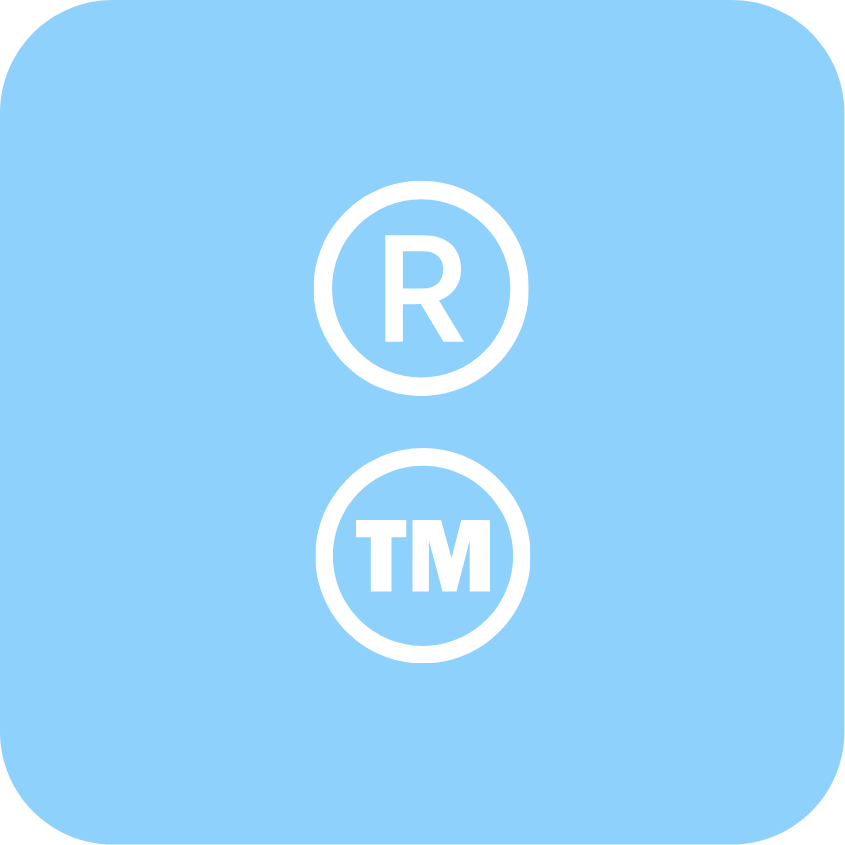
Trademarks in another language may remain untranslated only if they are officially registered and no French version exists. However, descriptive terms such as “cleanser” or “moisturizer” must still appear in French, even when the brand name remains in another language. All safety and usage information, including warnings and directions, must always be provided in French. This requirement also extends to non-technical label content such as romance copy, brand stories, and any other accompanying marketing or informational text.
To meet these combined requirements, many brands adopt mirrored or side-by-side bilingual layouts that allow consumers to scan both languages easily. For Québec markets, French-first or separate Québec-specific artwork may be necessary when space constraints make equal presentation difficult.
Common Cosmetic Labelling Pitfalls
Despite clear regulatory guidance, labelling errors remain one of the most common causes of enforcement actions, product holds, and market delays. Even minor inconsistencies can trigger a request for corrective action from Health Canada or lead to costly relabelling efforts. Among the most frequent issues are missing or incomplete bilingual content, inaccurate or outdated INCI names, poor font contrast that affects legibility, and net quantity statements that fail to meet metric and placement requirements under the Consumer Packaging and Labelling Act. These errors not only delay product launches but can also undermine consumer trust and brand credibility.
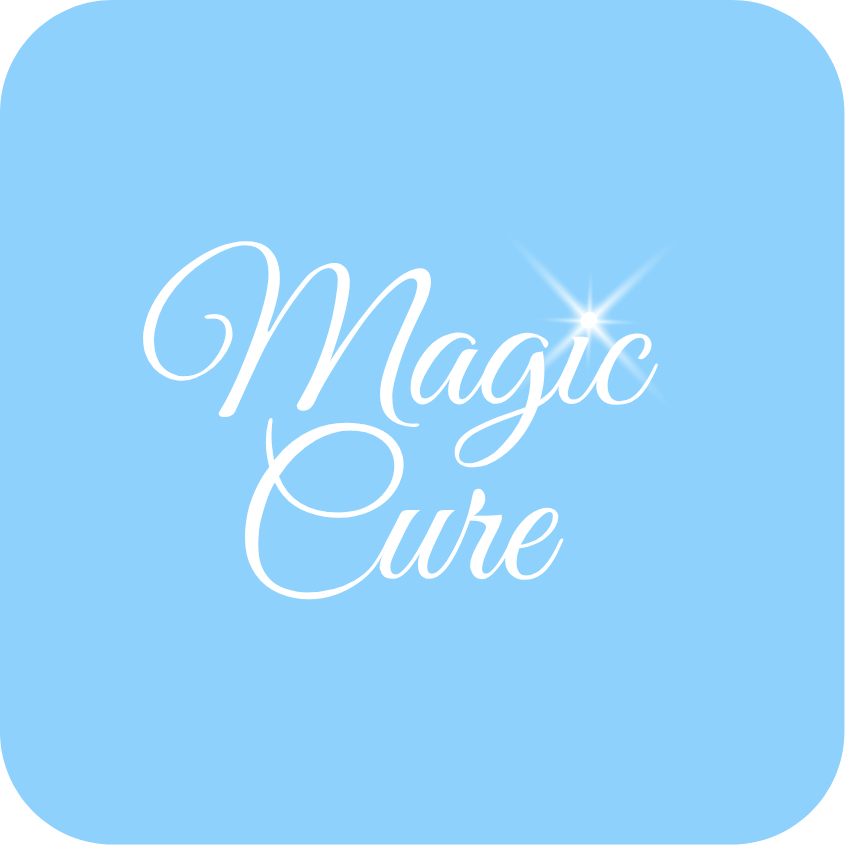
Another recurring issue involves overstated or misleading product claims. Phrases that imply therapeutic or physiological effects, such as “treats acne,” “heals eczema,” or “stimulates collagen production,” can prompt Health Canada to classify the product as a drug or natural health product rather than a cosmetic. Such reclassification triggers additional licensing, evidence, and quality requirements that may be costly and time-consuming to address. To avoid this, claims should focus on cosmetic benefits, such as improving the appearance, feel, or scent of skin, hair, or nails, without suggesting a medical function.
Consistency across all communication channels is equally important. The information displayed on the label must align with the CNF, product safety documentation, and all associated online or marketing materials. Discrepancies, such as a mismatch between the label’s ingredient list and the CNF submission, may raise compliance concerns during post-market verification.

Industry best practices recommend a structured approach to quality assurance before release. Each label should undergo a comprehensive review by regulatory and marketing teams to confirm bilingual accuracy, INCI compliance, and claim suitability. Using a standardized internal checklist can help ensure that font contrast, minimum character height, and layout hierarchy meet Health Canada’s expectations for legibility. Conducting a final print proof review under realistic lighting conditions is also advisable to confirm that the label remains readable once applied to the actual packaging.
Final Remarks
Creating a compliant cosmetic label in Canada is a practical exercise in clarity, accuracy, and consistency. The strongest labels are built on a correct product classification, a complete and legible INCI list, and bilingual content that meets federal rules and Québec’s French-first expectations. They also match the CNF, present net quantity in a transparent way when declared, and include contact and dealer information that allow timely, bilingual responses to consumers and officials.
Effective compliance starts early in development. Screen every ingredient against Canadian restrictions, plan for fragrance allergen disclosure timelines, and design layouts that keep required text visible for the life of the product. For formats that challenge space, use peel-backs, cards, or clearly signposted web access while preserving bilingual cues. Before print, run a structured review to confirm claim suitability, legibility, and alignment across the label, CNF, and online listings.
By treating the label as both a regulatory instrument and a consumer guide, brands reduce relabelling risk, speed import and launch, and build consumer trust.
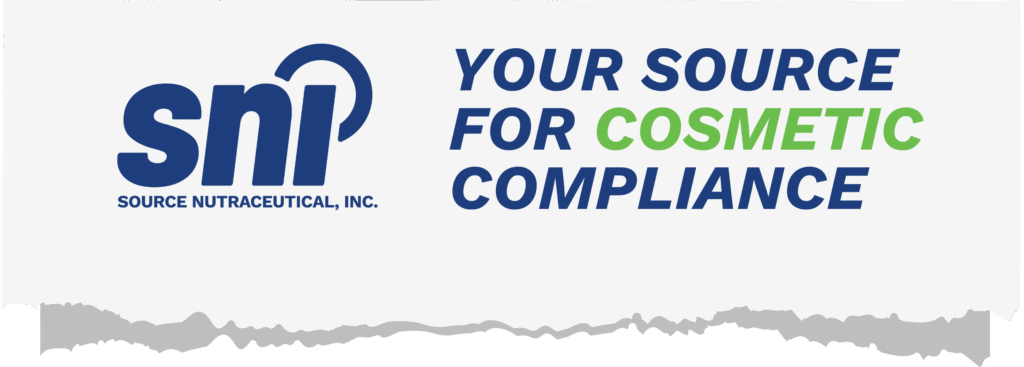
SNI’s Cosmetic Labelling and Compliance Support
Launching a new cosmetic product in Canada or updating an existing formulation? Let SNI simplify the process. Our regulatory and creative experts provide end-to-end support, from ingredient verification and formulation updates to labelling compliance, Cosmetic Notification submissions, and design services that meet both Health Canada and market expectations.
Instead of juggling multiple consultants, partner with one team that handles it all — efficiently, accurately, and with an eye for detail. Connect with SNI to make your next cosmetic launch seamless, compliant, and beautifully executed.
💄 More about our services here.
💡 Compliance is easy with the right support!
📩 info@sourcenutra.com
⬇️ Send us a request for support or an introductory call
FAQ
Do cosmetics need Health Canada approval before sale?
Cosmetic products do not require pre-market approval from Health Canada. However, before a cosmetic can be sold in Canada, the manufacturer or importer must submit a Cosmetic Notification Form (CNF) within ten days of first sale. This allows Health Canada to monitor all cosmetic products available to consumers and ensure they meet regulatory requirements.
What ingredients are banned or restricted in Canadian cosmetics?
Certain ingredients are prohibited or restricted from use in cosmetics sold in Canada. Health Canada maintains a list of substances that cannot be used or can only be used under specific conditions, such as concentration limits or warning statements. Manufacturers and importers must review this list carefully to ensure their formulations comply with Canadian safety standards.
How must ingredients be listed on a cosmetic label?
All cosmetics must display an ingredient list using International Nomenclature of Cosmetic Ingredients (INCI) names. Ingredients present at more than one percent must be listed in descending order of concentration, followed by ingredients at one percent or less, which can appear in any order. Colourants may be grouped together and listed at the end of the ingredient list.
What are a company’s responsibilities for product safety and incident reporting?
Companies are responsible for ensuring that their cosmetic products are safe for consumer use under normal and foreseeable conditions. If a cosmetic product causes a serious adverse reaction or poses an unexpected risk, the responsible company must report the incident to Health Canada and take appropriate corrective actions.
Do foreign cosmetic companies need a Canadian representative?
Yes. Companies located outside Canada must designate a Canadian representative or importer who is responsible for compliance with Canadian cosmetic regulations. This representative acts as the point of contact for Health Canada and must ensure that the product, formulation, and label all meet Canadian regulatory requirements.
✷ The content on this website, including information presented in this post, is provided for general informational purposes only and does not constitute legal, regulatory, or professional advice. While efforts are made to ensure accuracy, laws and regulations vary by jurisdiction and may change over time. Readers should not rely on this information as a substitute for advice from qualified legal or regulatory professionals. We disclaim any liability for actions taken based on this content, and users are encouraged to seek guidance specific to their circumstances.
